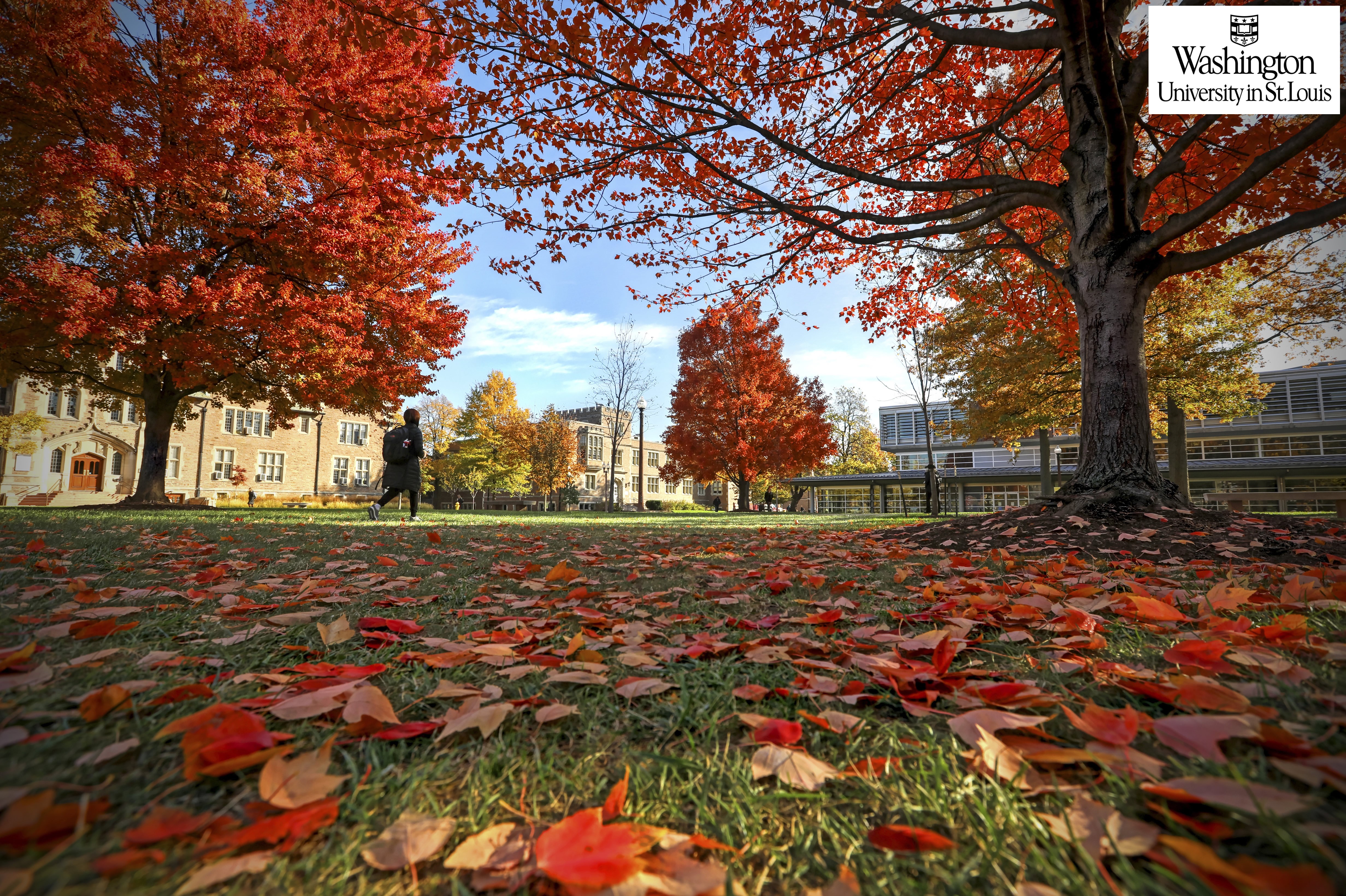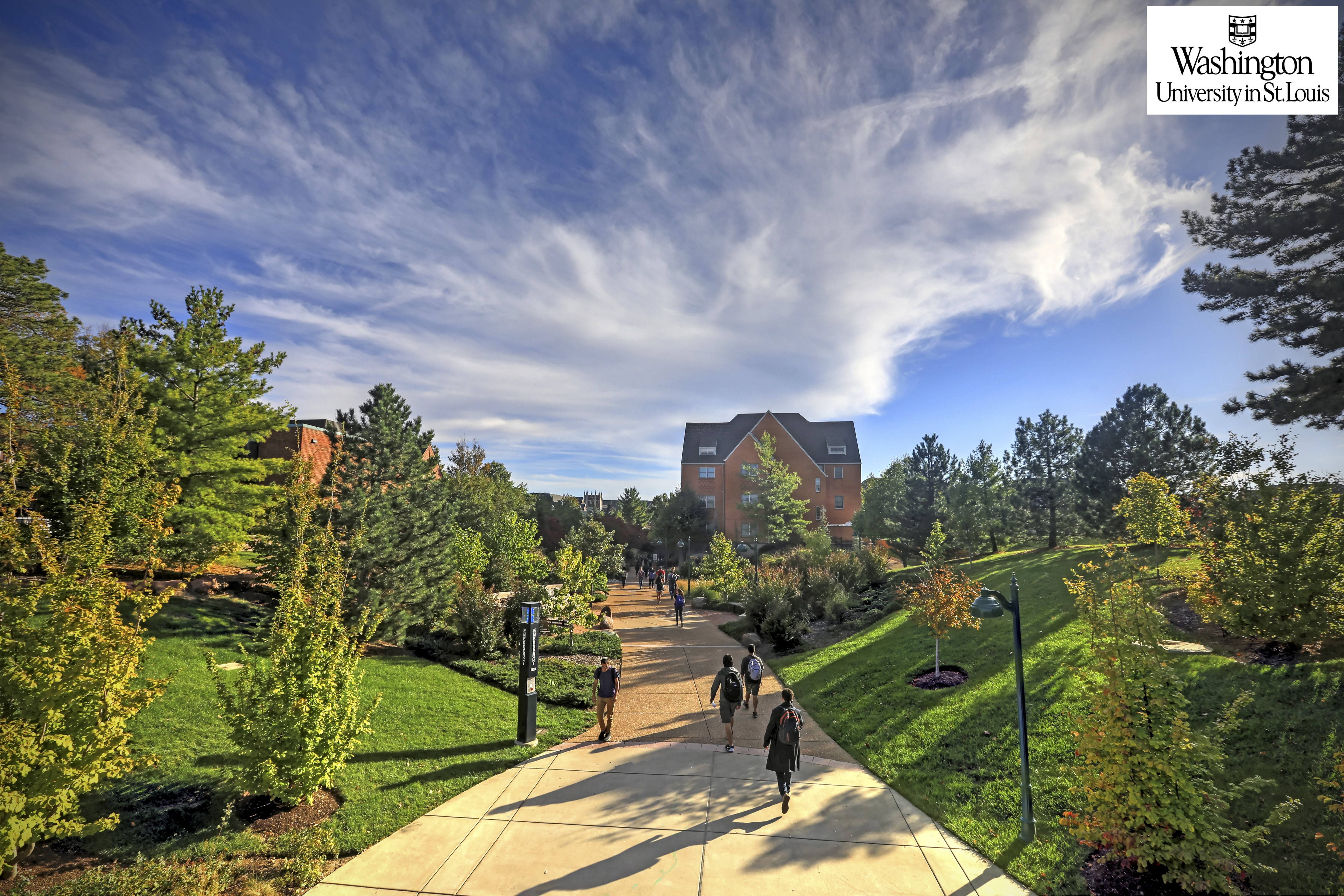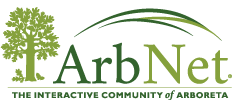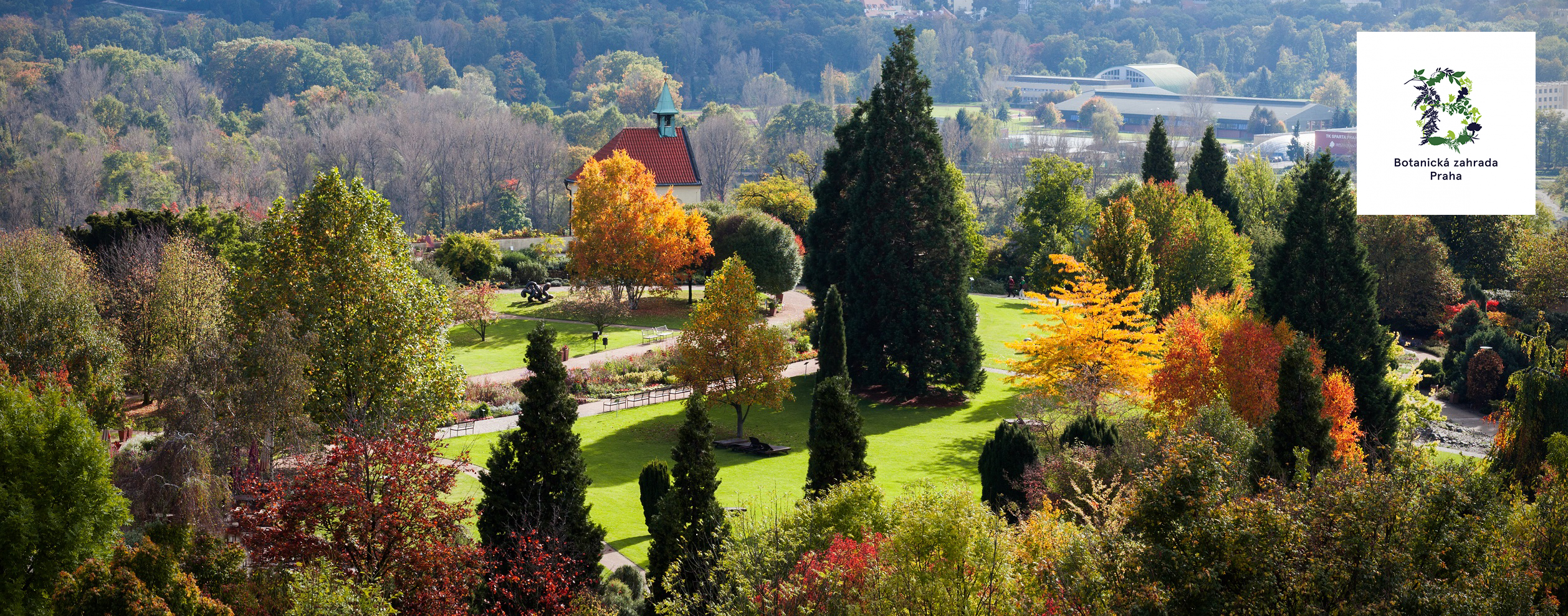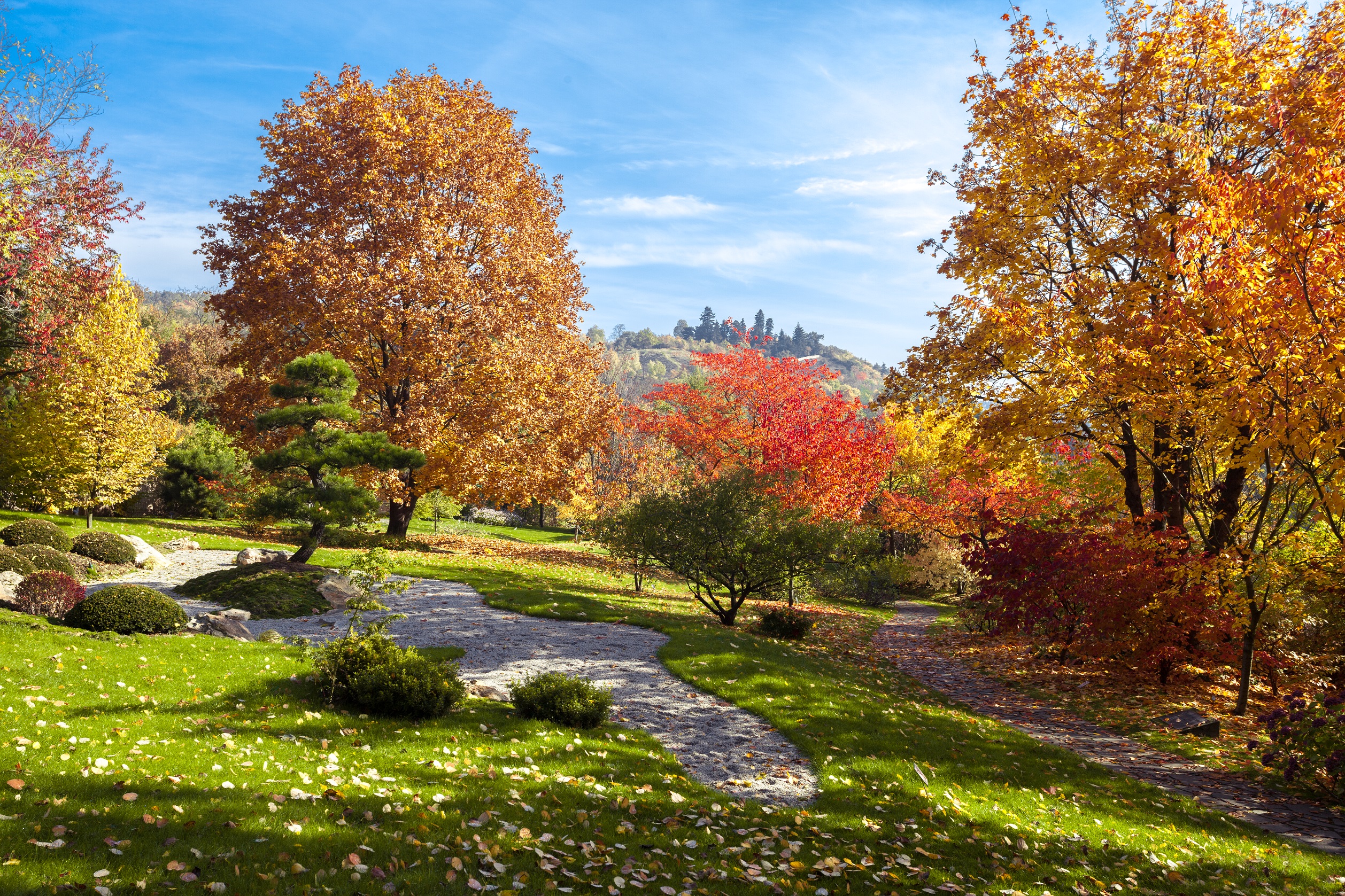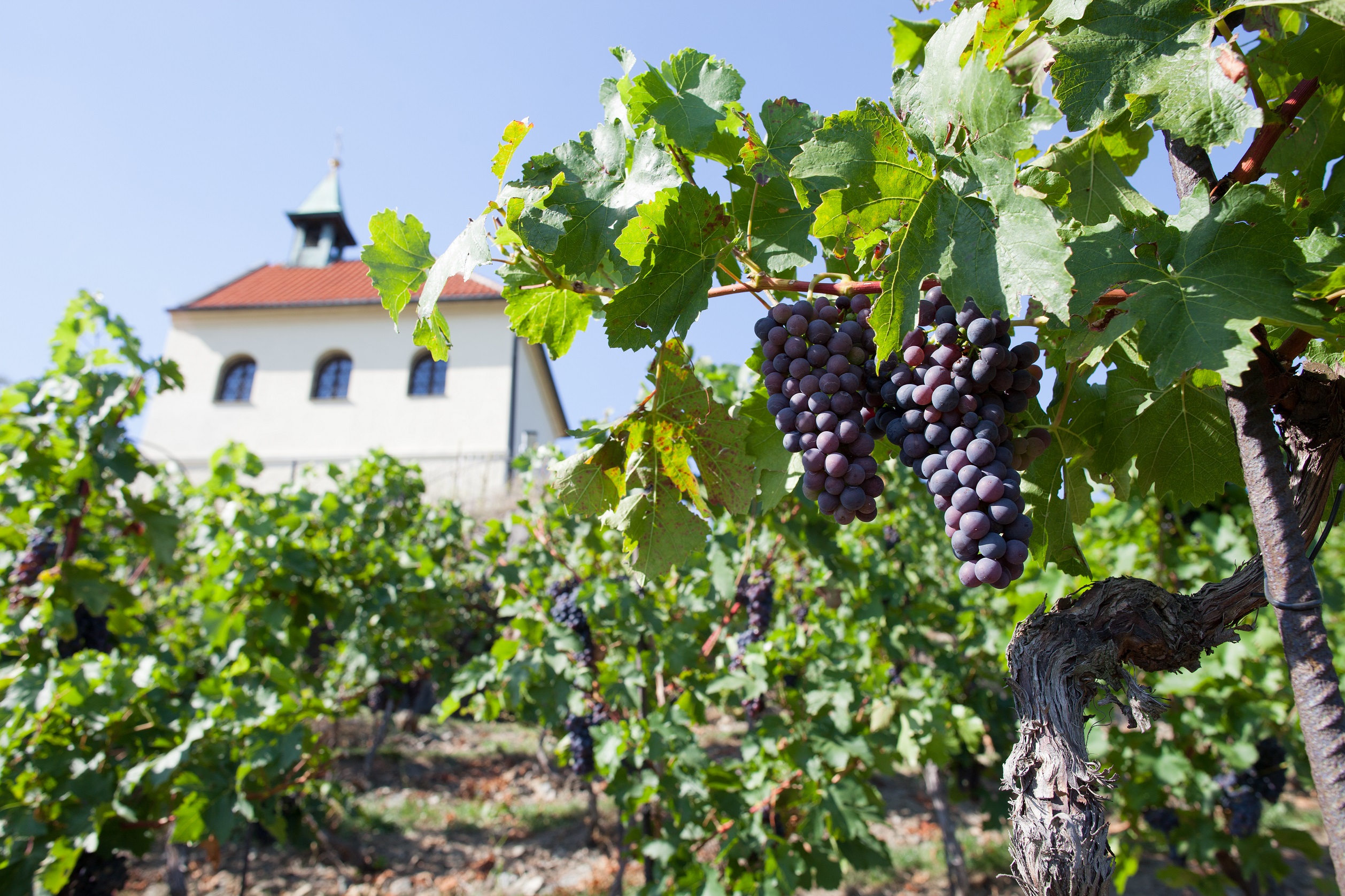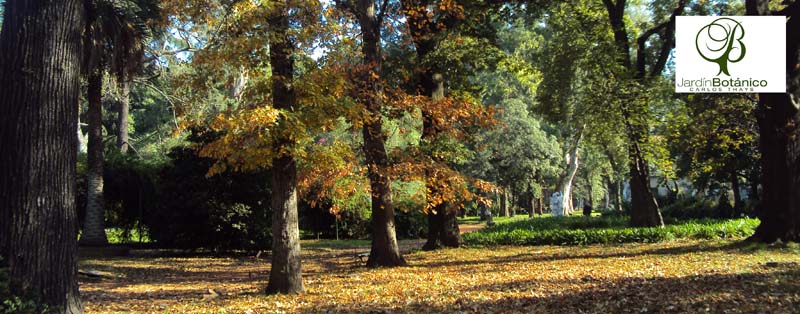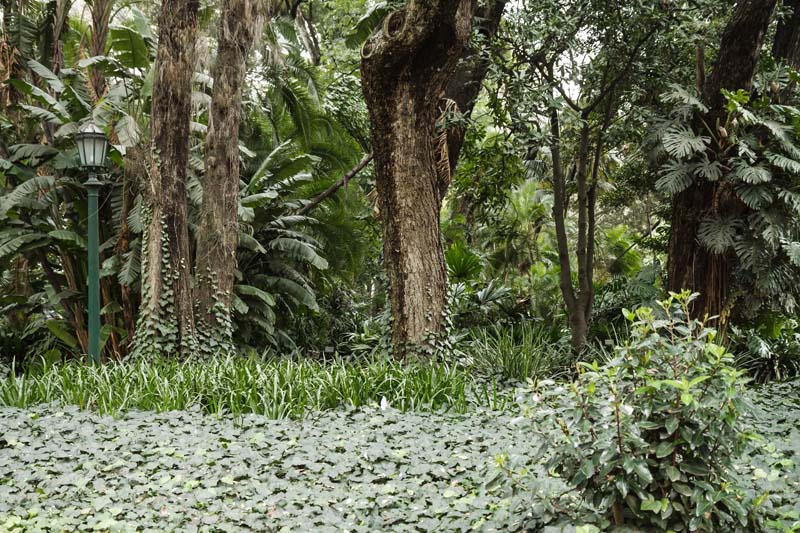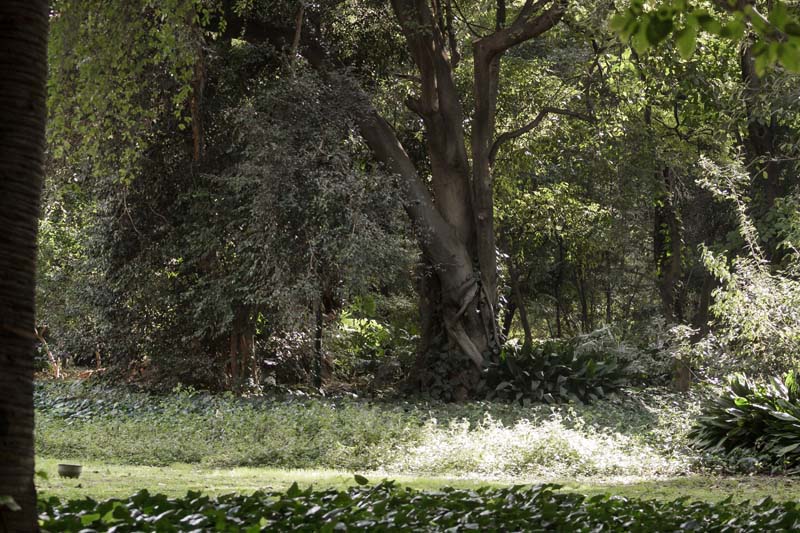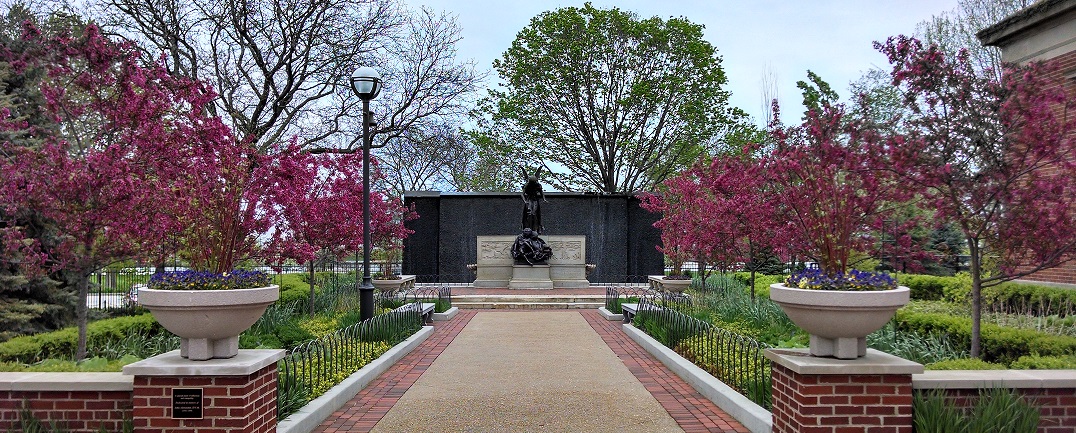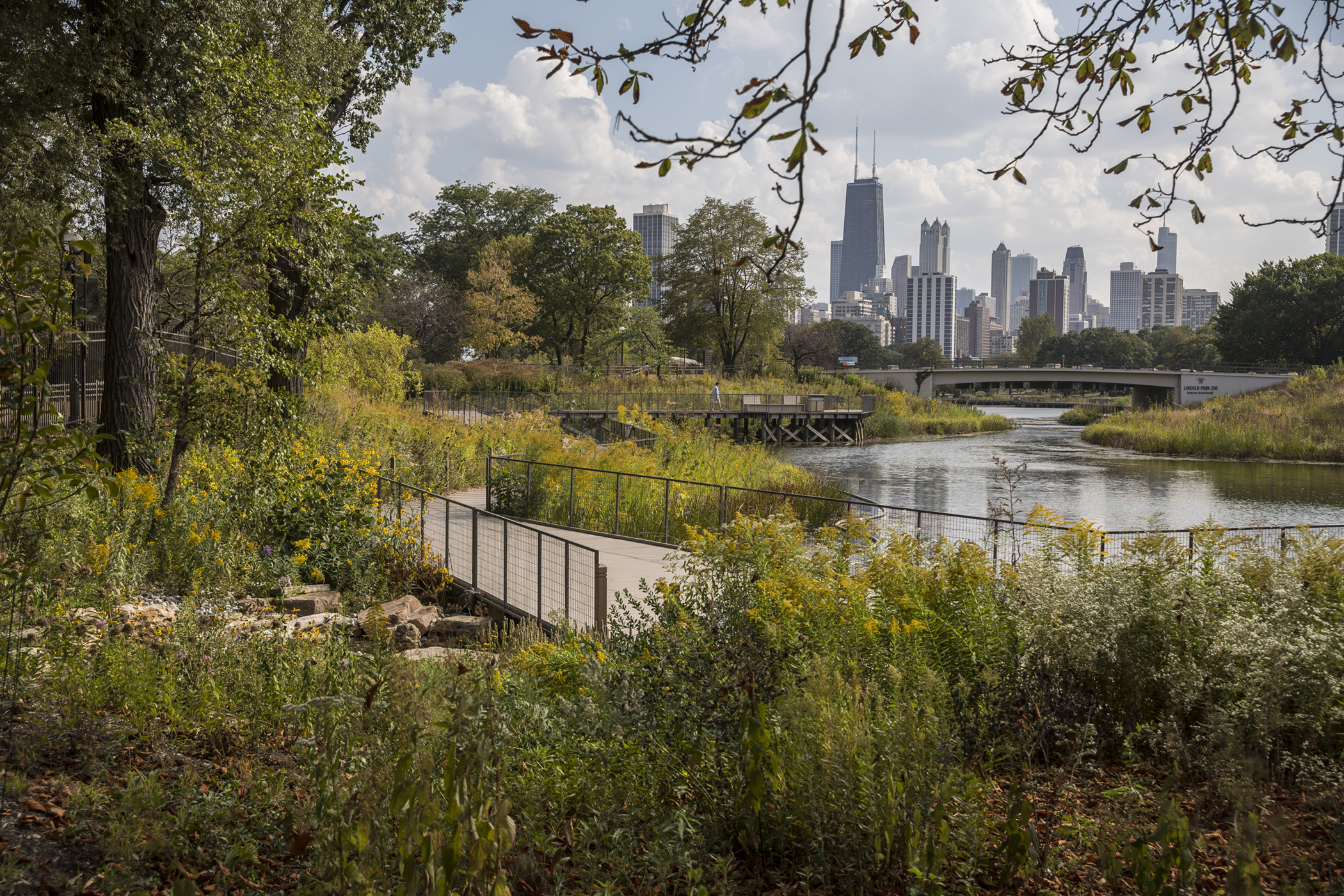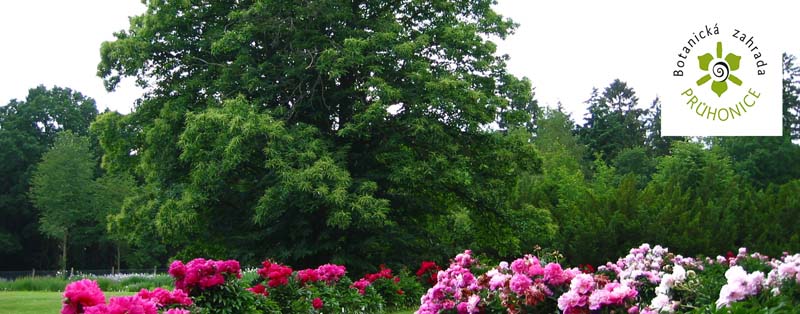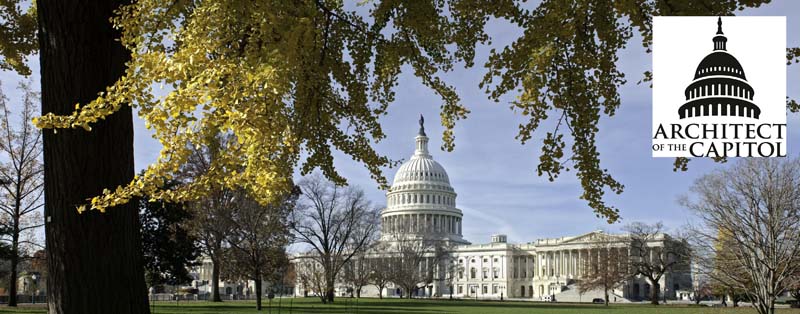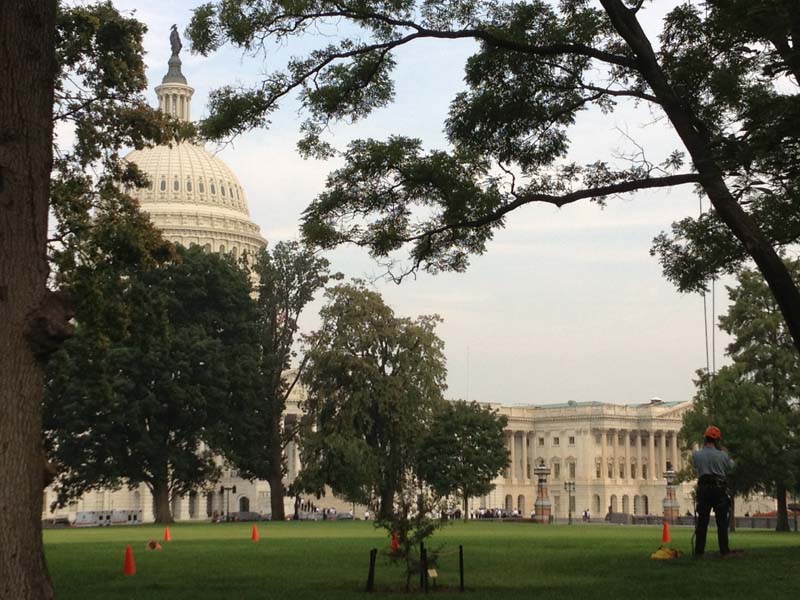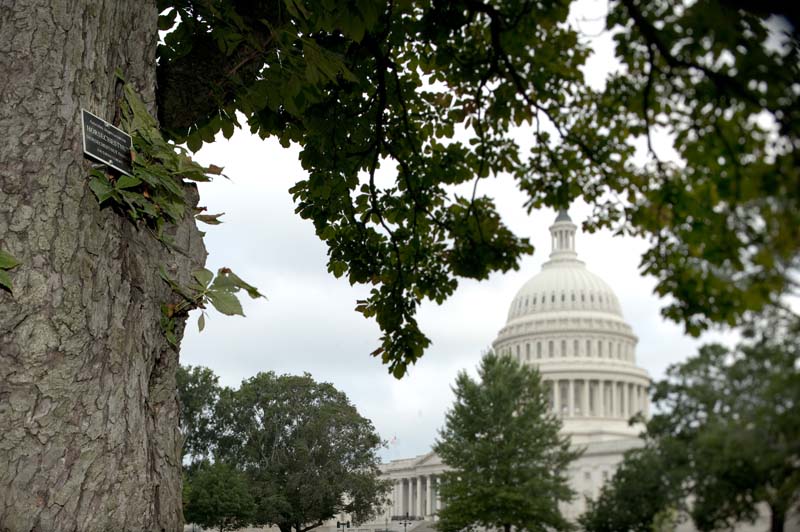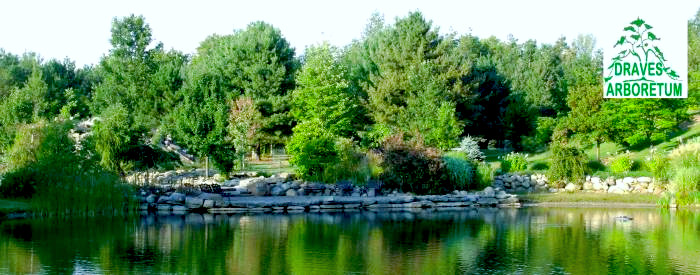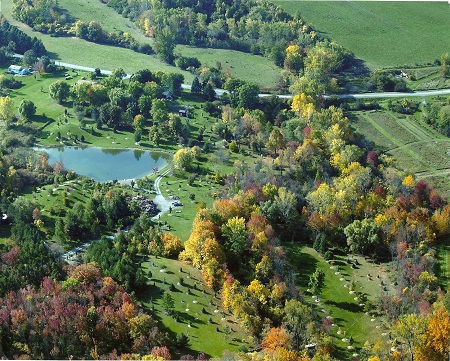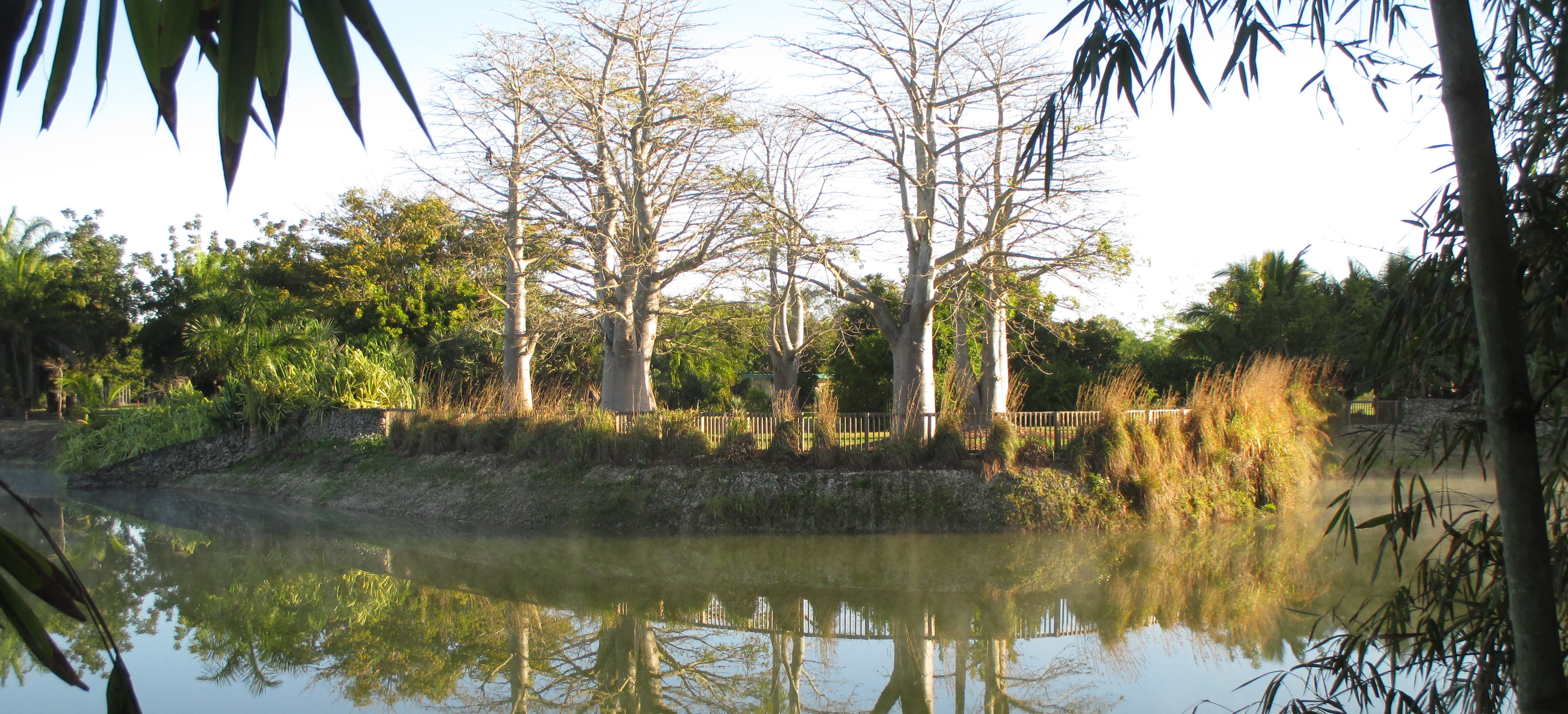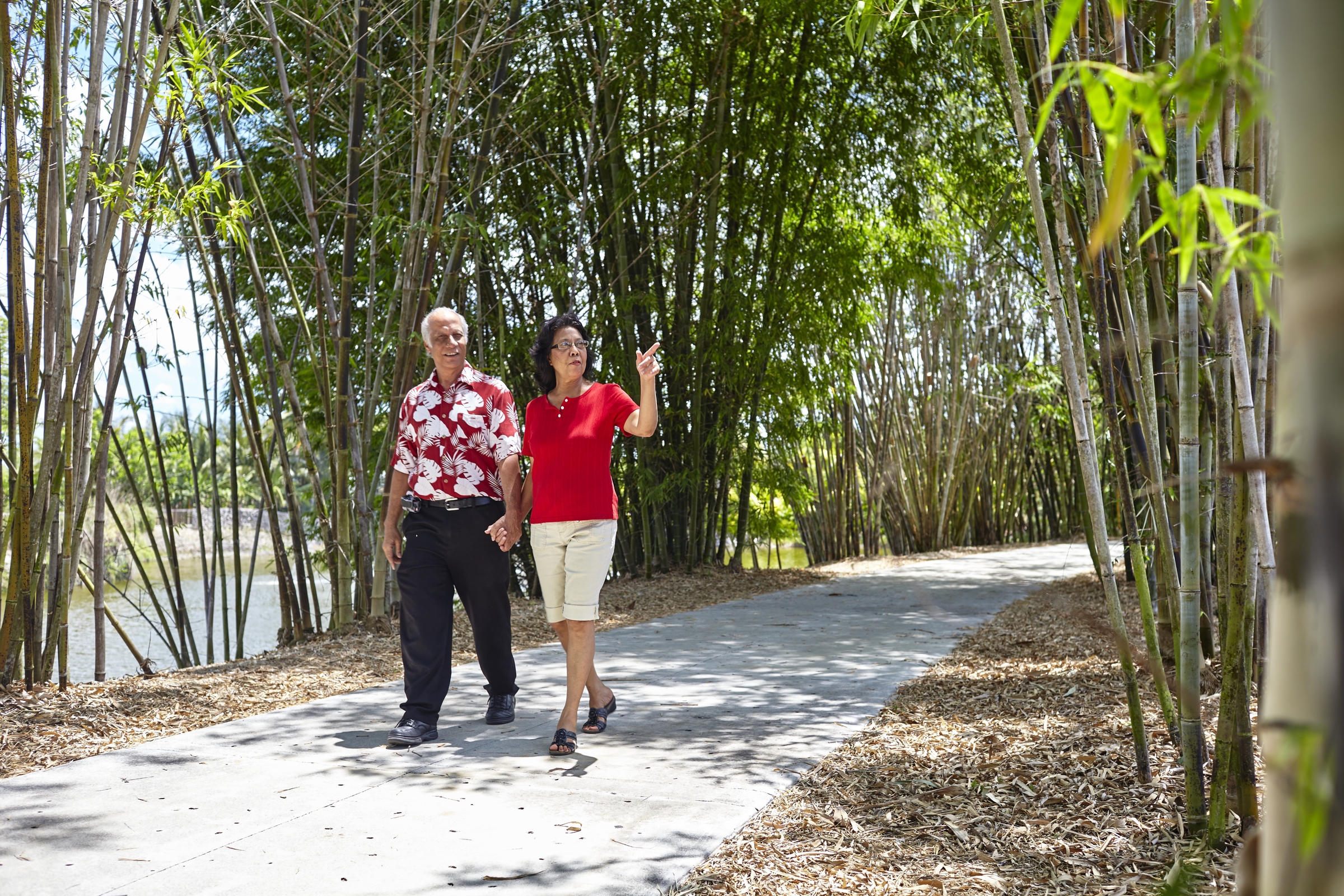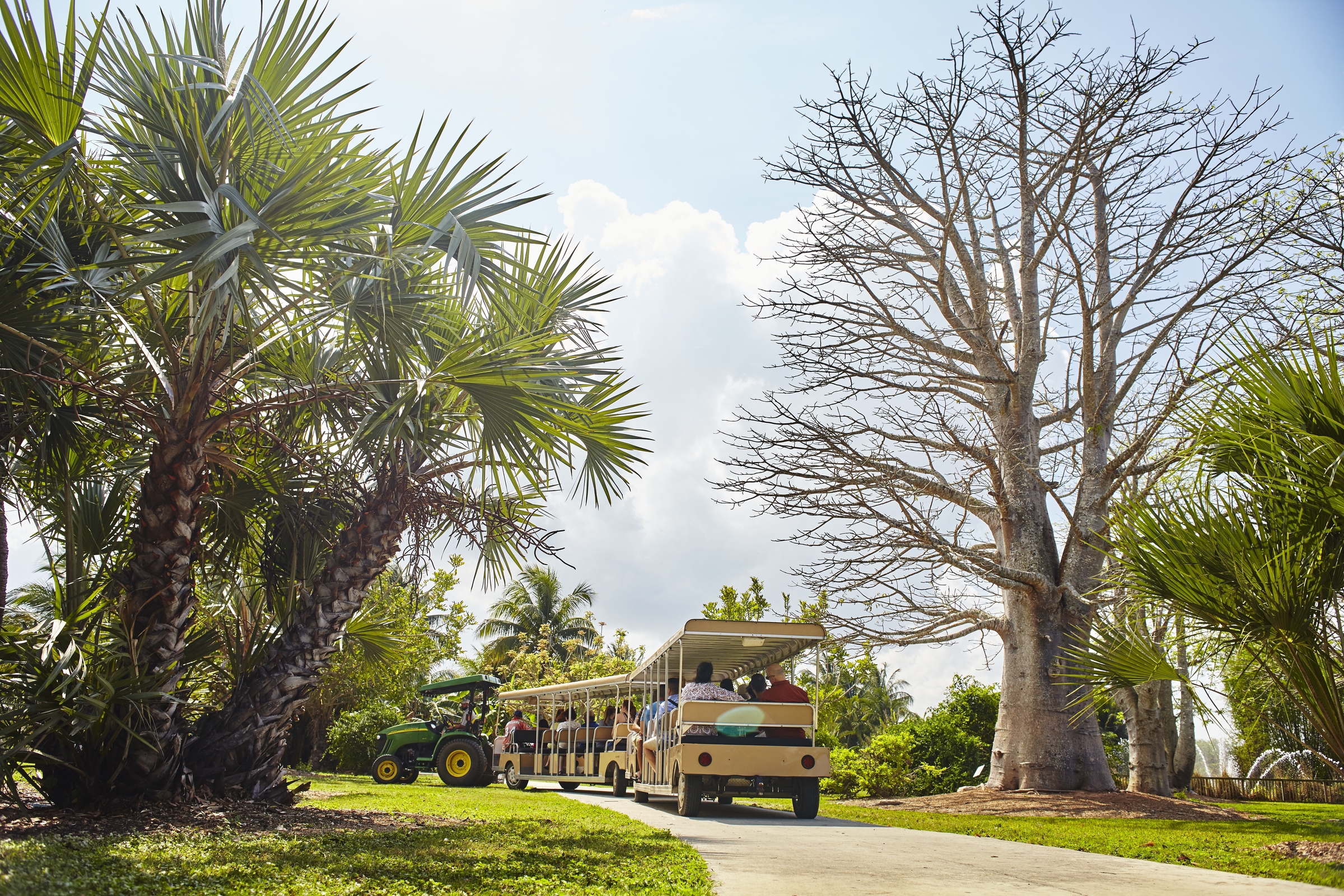The Arboretum of Washington University in St. Louis
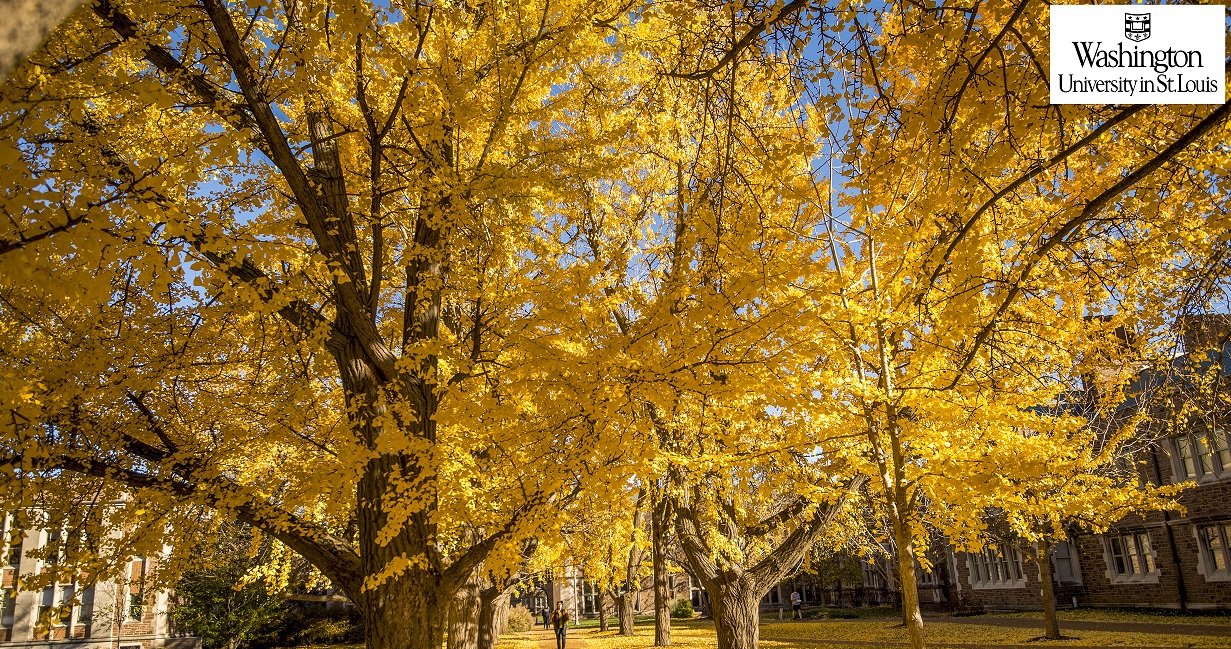
Location
Washington University was founded in St. Louis in 1853 as the city underwent an historic period of growth. The university’s hilltop campus known today as the Danforth Campus, was established in 1900, and consists of 169 acres featuring a diverse collection of trees. Today the 5000 plus trees on campus range from well-established historical trees to newly planted, climate resilient ones. Among these in the arboretum is an American Basswood, which stands near the Chancellor’s Office and was planted at the same time as the construction of the iconic Brookings Hall in the early 1900’s. Another, a Tulip Poplar is an offspring of one of the original Tulip Poplar’s planted by George Washington, the university’s namesake, at Mount Vernon in 1785. In 2017 the East Campus Transformation Project began. This transformation of the East Campus when complete in Spring of 2021 will add 270 new trees with 35 different native and adaptive species to The Arboretum of Washington University in St. Louis trees diversity and sustainability.
The Arboretum of Washington University in St. Louis serves Danforth Campus and the St. Louis region as a living laboratory for everyone to enjoy by promoting environmental appreciation and sustainability on campus. With each tree planted in the arboretum, Washington University becomes more integrated with its surrounding landscape, blending with the beautiful tree-lined neighborhood streets and nearby Forest Park.
